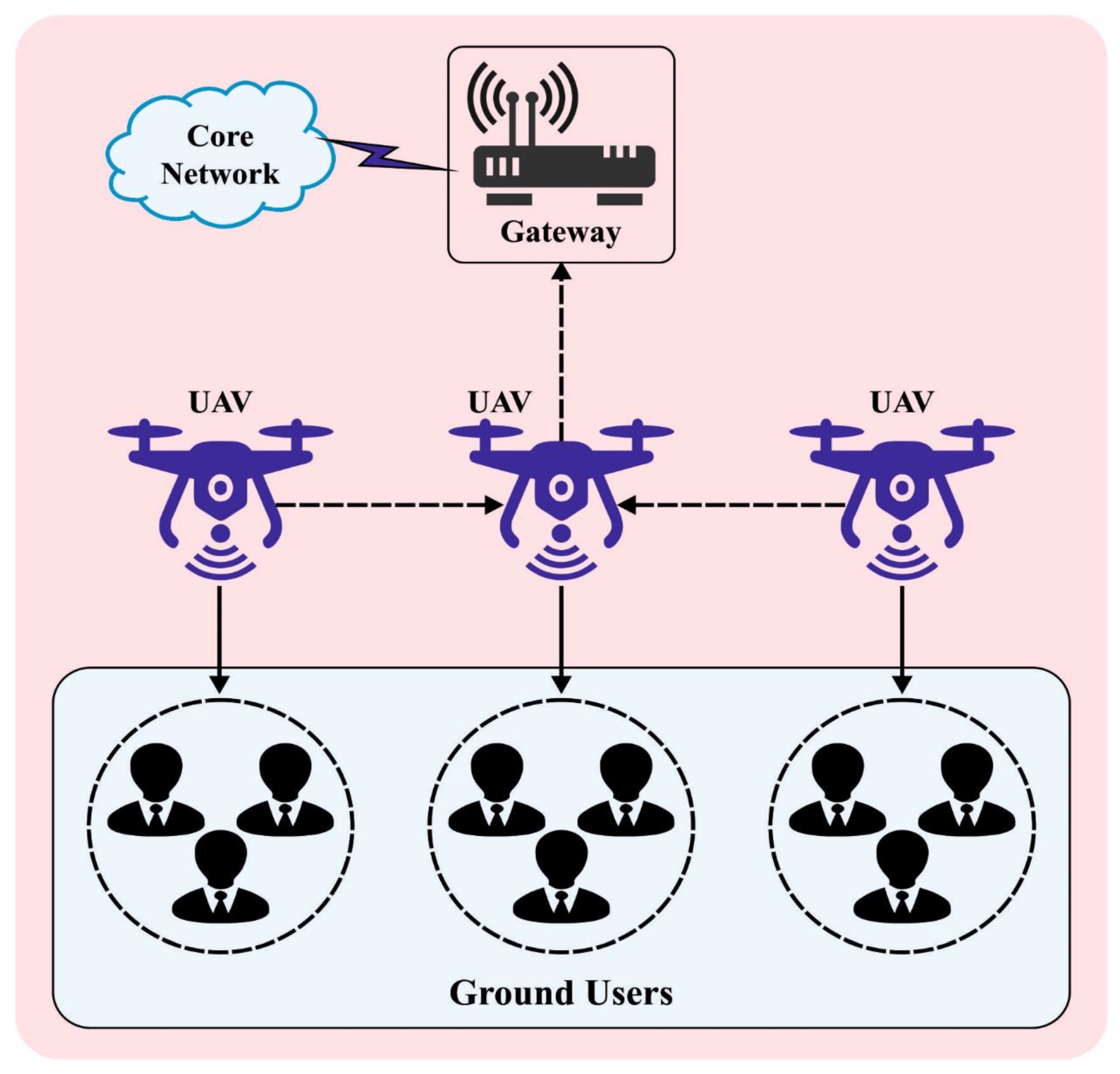
Improving energy efficiency of Wi-Fi networks on drones using slime mold method and a neural network

The demand for high-quality wireless communications is growing along with the number of applications and devices. One way to provide such a network is to use a system of drone routers. Such a system would be useful, for example, in situations where it is necessary to quickly and simultaneously provide a signal to a large area—during natural disasters, large-scale incidents, and public events.
The main problem of such a network is resource distribution. It is necessary to allocate the required power as efficiently as possible and exchange signals, while spending as little battery power as possible on the drone.
A RUDN mathematician with colleagues from China and Saudi Arabia built a neural network for this using optimization inspired by the behavior of a single-celled slime mold. The work is published in the journal Sensors.
"Unlimited network access at any time and anywhere is possible using unmanned aerial vehicles—drones. They have gained special attention due to their low cost, simplicity, and flexibility. However, technical problems need to be resolved.
"The weak point of such a network is strict power limitations. Battery capacity is usually small due to limitations on the size and weight of the drone," Ammar Muthanna, Ph.D., Director of the Scientific Center for Modeling Wireless 5G Networks at RUDN University said.
Mathematicians have developed an approach in which resource allocation occurs using deep learning models. The authors combined it with the so-called slime mold method.
This is an optimization algorithm that is inspired by the behavior of simple organisms. In search of food, the slime mold leaves behind a trail that gradually evaporates. The more noticeable the trail, the higher the likelihood that this is the path to the "correct answer"—a food source.
"Food" in this case is the maximum efficiency of the neural network, and the path that the "slime mold" paves is the adjustable parameters of the neural network.
A neural network with parameters selected by "slime mold" showed good computational and energy efficiency. The new model is 5%–20% superior to the previous ones in the number of bits that can be transmitted by spending 1 joule.
"Our approach helps make energy-efficient and computationally efficient decisions. In the future, we will try other ways to distribute resources and adapt to network conditions in real-time," said Muthanna.
More information: Reem Alkanhel et al, Enhanced Slime Mould Optimization with Deep-Learning-Based Resource Allocation in UAV-Enabled Wireless Networks, Sensors (2023). DOI: 10.3390/s23167083
Citation: Improving energy efficiency of Wi-Fi networks on drones using slime mold method and a neural network (2024, January 16) retrieved 16 January 2024 from https://techxplore.com/news/2024-01-energy-efficiency-wi-fi-networks.html
This document is subject to copyright. Apart from any fair dealing for the purpose of private study or research, no part may be reproduced without the written permission. The content is provided for information purposes only.